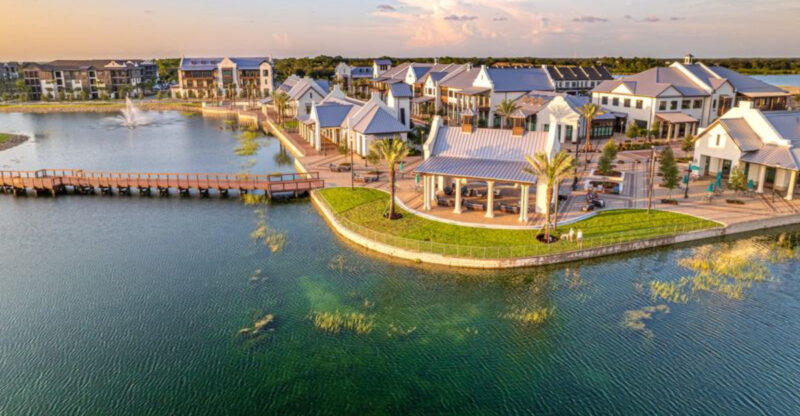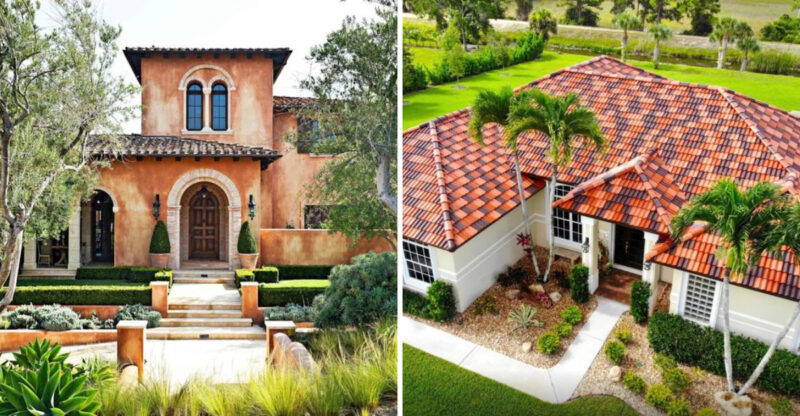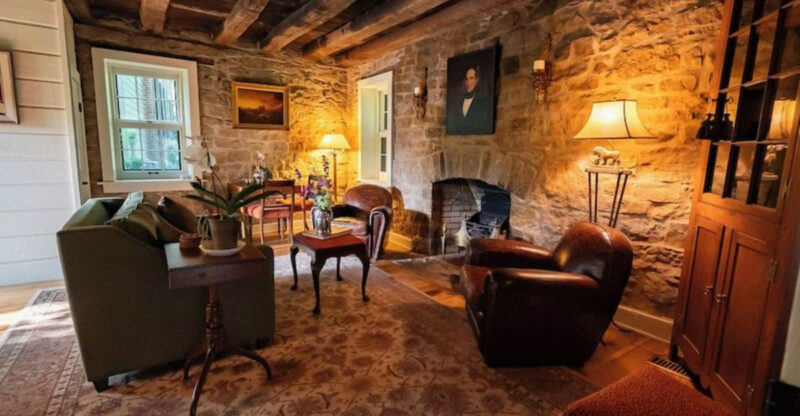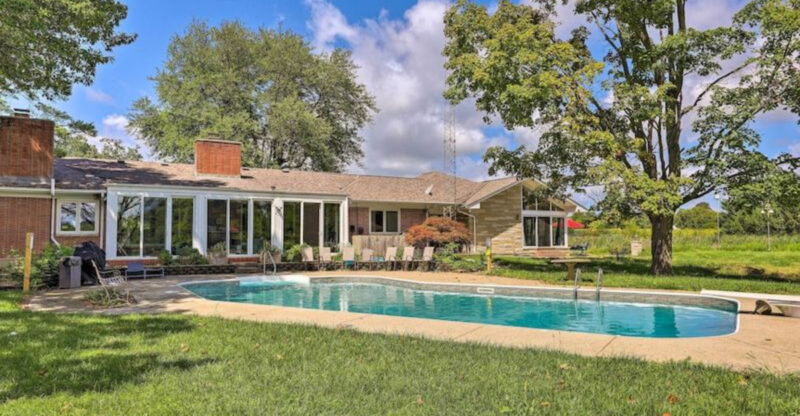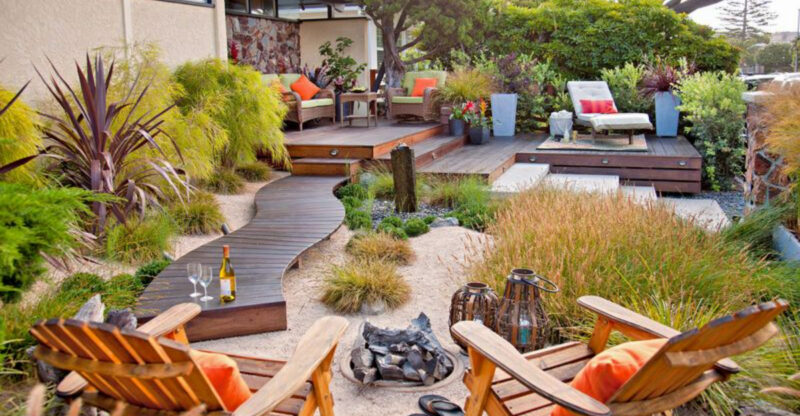Oregon Experts Warn These 17 Residential Looks Are Fading Fast
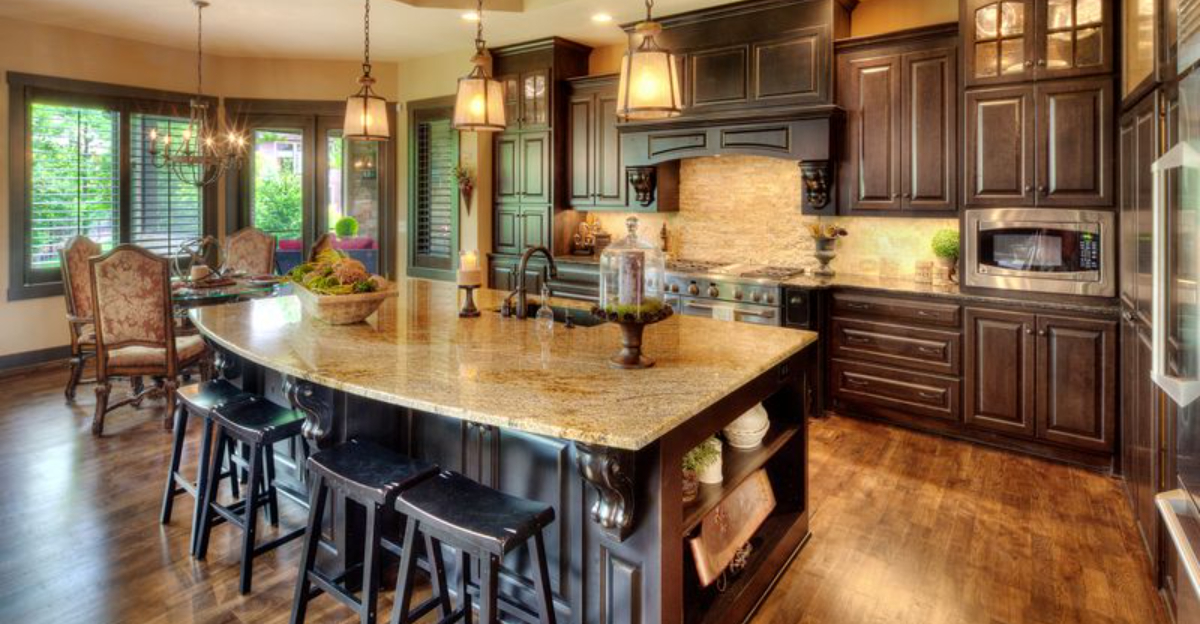
Home styles come and go just like fashion trends. Oregon interior designers and real estate experts have noticed certain residential features losing their appeal rapidly across the state.
What was hot just a few years ago might now make potential buyers cringe or significantly decrease your home’s value.
Let’s explore which once-popular home design elements are quickly becoming outdated according to local professionals.
1. All-Gray Interiors
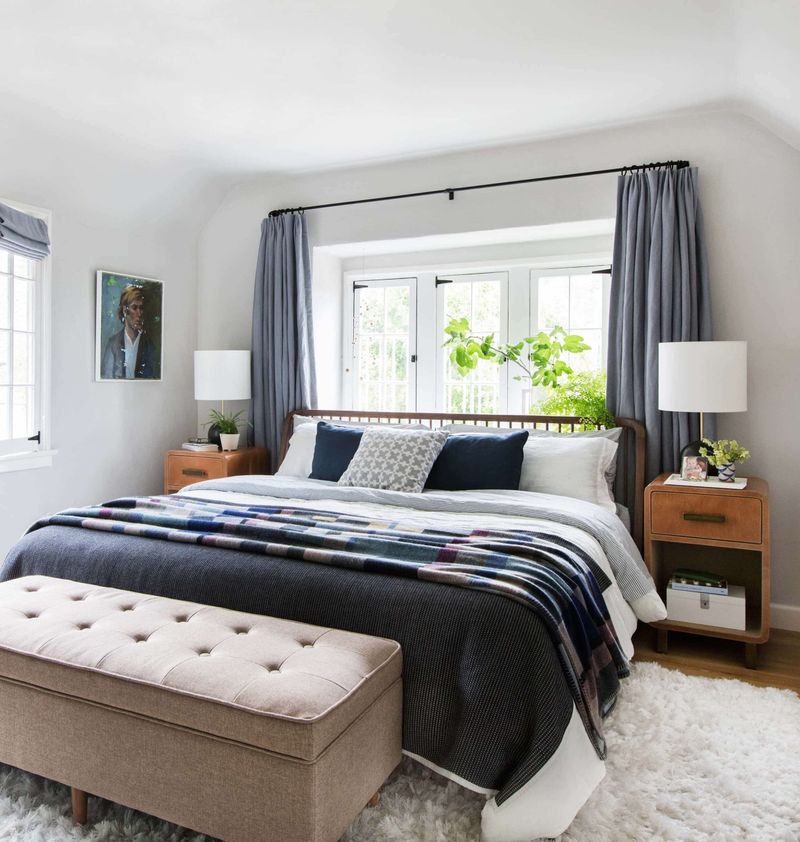
Remember when everything was painted fifty shades of gray? Oregon designers are now seeing homeowners eagerly adding color back into their spaces. The once-trendy gray-on-gray-on-gray approach feels increasingly cold and impersonal.
People crave warmth and personality in their homes, especially during Oregon’s long rainy seasons. The shift toward earthy tones, warm neutrals, and strategic pops of color reflects our collective desire for cozier, more inviting spaces.
If your home still resembles a grayscale photo, consider introducing natural wood elements, textured fabrics in warmer hues, or even an accent wall in a rich, inviting color to breathe new life into your space.
2. Barn Doors Everywhere
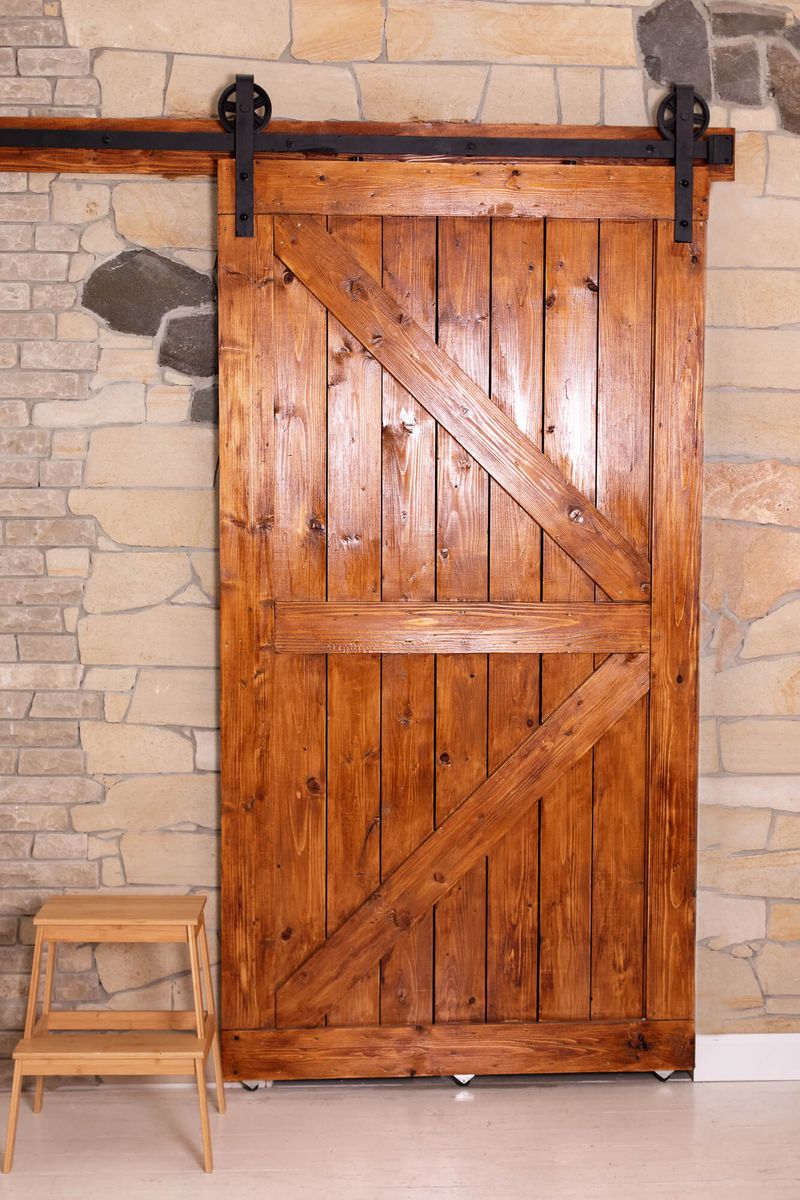
Sliding barn doors once revolutionized small-space solutions across Oregon homes. Now, designers report clients specifically requesting their removal during renovations. What began as charming rustic flair has become an overused design cliché.
These doors often create practical problems too. They don’t seal properly, offering minimal sound privacy and sometimes rattling against walls. Many homeowners have discovered that traditional hinged doors or pocket doors actually work better in most applications.
If you still love the look, consider limiting barn doors to one statement area rather than installing them throughout your home. Alternatively, explore more sophisticated sliding door options with cleaner lines and updated hardware.
3. Dark Espresso Cabinets
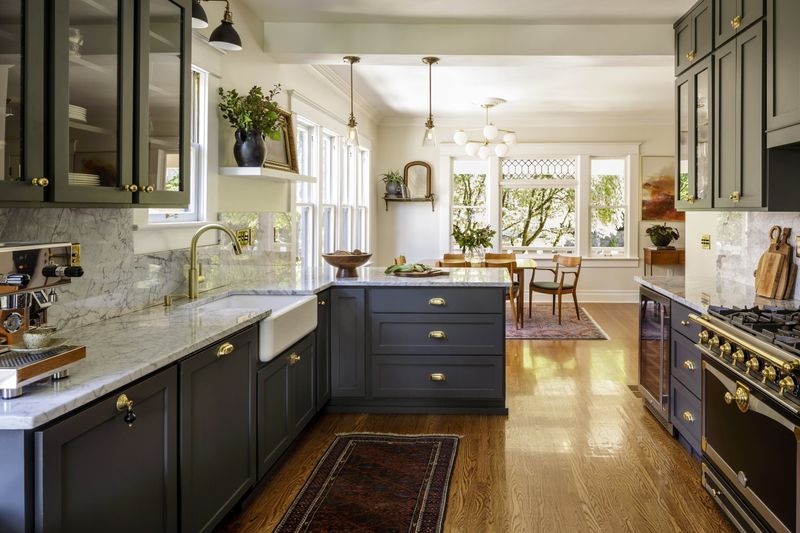
Those rich, chocolate-brown kitchen and bathroom cabinets that dominated the 2000s are rapidly falling from favor. Oregon designers note that these dark finishes make spaces feel smaller and more dated, especially in homes with limited natural light.
Lighter wood tones and painted cabinets are taking center stage instead. White, cream, sage green, and natural oak create an airier feel that resonates with the Pacific Northwest’s connection to nature and light.
Homeowners aren’t necessarily replacing these cabinets entirely. Many are opting to refinish or paint existing cabinetry, sometimes combining lighter uppers with slightly darker lowers for a more contemporary, layered look that feels fresh without being trendy.
4. Shiplap Walls
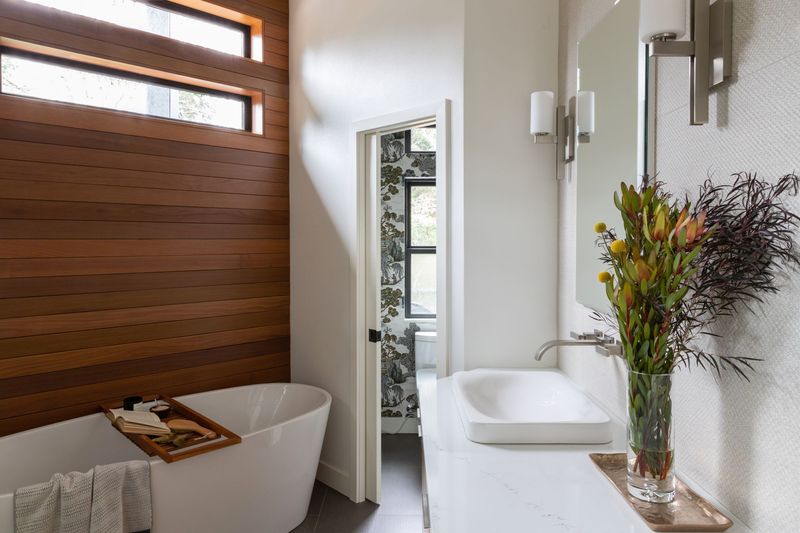
Joanna Gaines may have put shiplap on the map, but Oregon design experts say this farmhouse staple is rapidly retreating. What started as a nod to authentic architectural history became mass-produced and slapped on every available surface regardless of a home’s style or character.
Many homeowners are now removing these horizontal planked walls in favor of cleaner, more timeless finishes. The Pacific Northwest’s natural surroundings inspire more subtle textures like tasteful wallpaper, Venetian plaster, or simple painted walls that let furniture and art shine.
If you’re still fond of some texture, designers suggest more sophisticated alternatives like vertical tongue-and-groove paneling, applied selectively rather than throughout entire rooms or homes.
5. Heavy Granite Counters
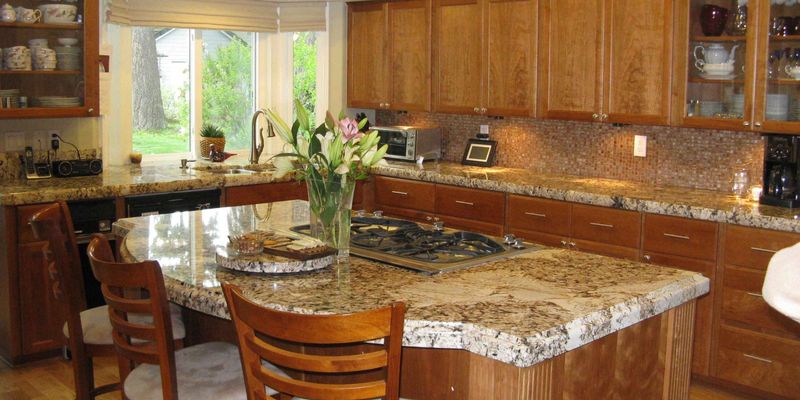
Those speckled, busy granite countertops that dominated kitchens for decades are losing ground fast in Oregon homes. The heavily patterned, thick-edged stone that once signaled luxury now reads as visually cluttered and dated.
Homeowners are embracing cleaner, more minimalist surfaces instead. Quartz with subtle veining, honed marble-look materials, and even concrete or butcher block offer more contemporary alternatives that better complement today’s simplified aesthetic.
The shift reflects our changing relationship with our homes. We’re moving away from status-symbol materials toward surfaces that feel authentic, functional, and visually restful. Thinner counter profiles with waterfall edges or simple eased edges have replaced the bulky bullnose and ogee edges of yesteryear.
6. Industrial Exposed Ducts
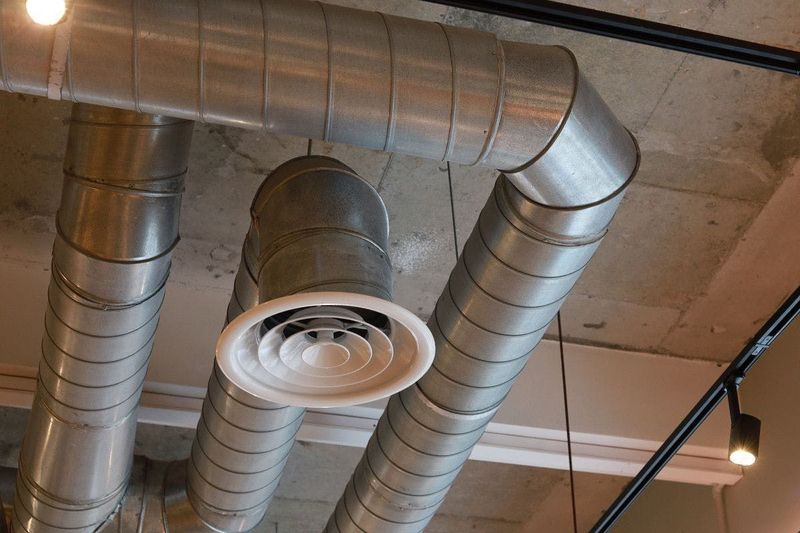
The raw, unfinished look of exposed ductwork, pipes, and electrical conduits is rapidly cooling off in Oregon residential design. What began as an authentic feature of converted lofts became a forced aesthetic that often looks out of place in conventional homes.
Homeowners are now seeking more refined ceiling treatments. Portland designers note that clients increasingly request ways to conceal mechanical elements rather than highlight them. The industrial look can feel cold and unfinished in our climate where coziness is prized.
If you appreciate some industrial character, consider incorporating it through lighting fixtures or furniture pieces instead. This allows you to maintain the aesthetic in a more intentional, controlled way without the permanent commitment of exposed structural elements.
7. Vessel Sinks
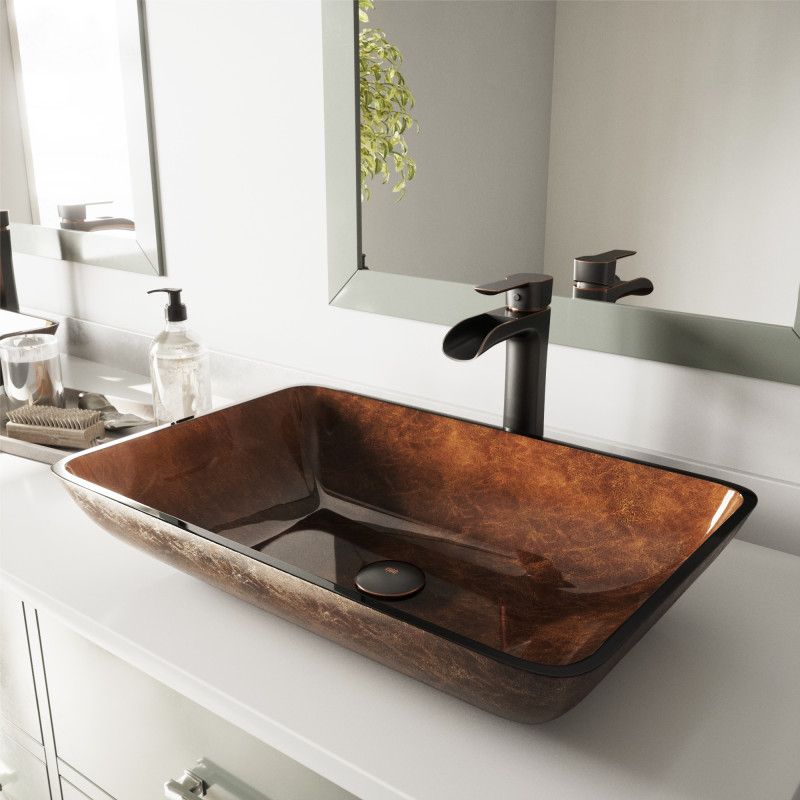
Those bowl-like sinks that sit atop bathroom counters are quickly draining away from Oregon’s design landscape. Once considered the height of bathroom luxury, vessel sinks have revealed their practical flaws over time.
Cleaning around these raised basins proves challenging as water and grime collect at the base. Height issues make them awkward for children and shorter adults, while splashing becomes a constant annoyance. Many homeowners find them impractical for daily use.
Undermount sinks offer a cleaner, more timeless alternative that’s easier to maintain. If you’re craving something more interesting than a basic sink, consider a trough-style basin or a semi-recessed design that provides visual interest without the functional drawbacks of fully raised vessels.
8. Wall-to-Wall Carpeting
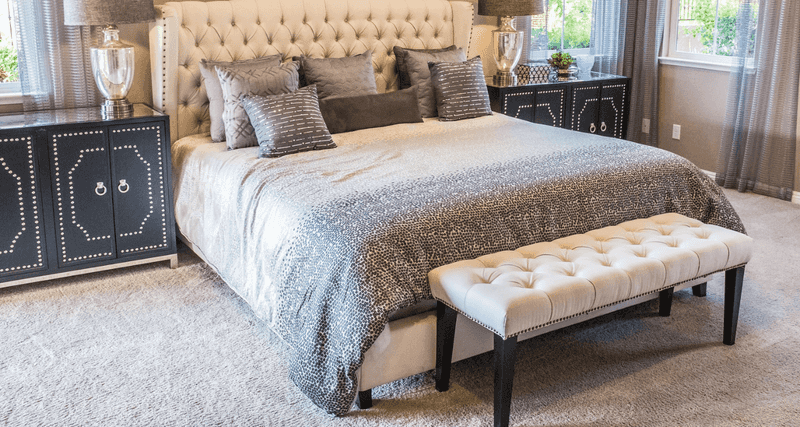
Wall-to-wall carpeting is rapidly being pulled from Oregon homes. The region’s damp climate makes carpet a particularly problematic flooring choice, harboring moisture, allergens, and pet odors that prove difficult to fully eliminate.
Homeowners are instead embracing harder surfaces like hardwood, luxury vinyl plank, and tile for their main living areas. These materials better withstand Oregon’s muddy boots and rainy days while offering easier cleaning and maintenance. The preference for natural, sustainable materials also aligns with the state’s environmental values.
Area rugs now provide the desired warmth and comfort without the permanence of installed carpet. This approach offers greater flexibility to change with evolving tastes while maintaining better indoor air quality—a growing priority for health-conscious Oregon residents.
9. Subway Tile Overload
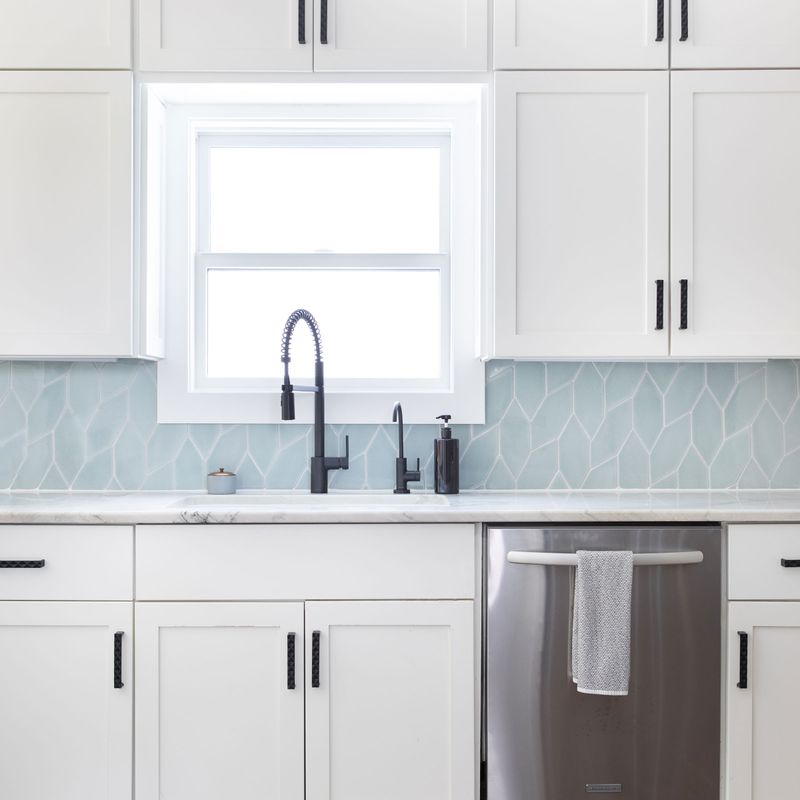
Basic white subway tile has saturated Oregon kitchens and bathrooms to the point of design fatigue. What was once a clean, classic choice now feels like the default option lacking imagination or personality.
Designers aren’t necessarily abandoning rectangular tiles altogether but are exploring more creative applications. Vertical stacking, herringbone patterns, or slightly different proportions offer fresh takes on the familiar form. Handmade ceramic tiles with slight irregularities and zellige tiles with their characteristic gloss variations provide similar simplicity but with more character.
Color is making a comeback too. Soft greens, blues, and terracottas connect Oregon homes to their natural surroundings while adding warmth and personality that sterile white tiles often lack. Even simple changes in grout color can transform the look of existing installations.
10. High-Gloss Finishes
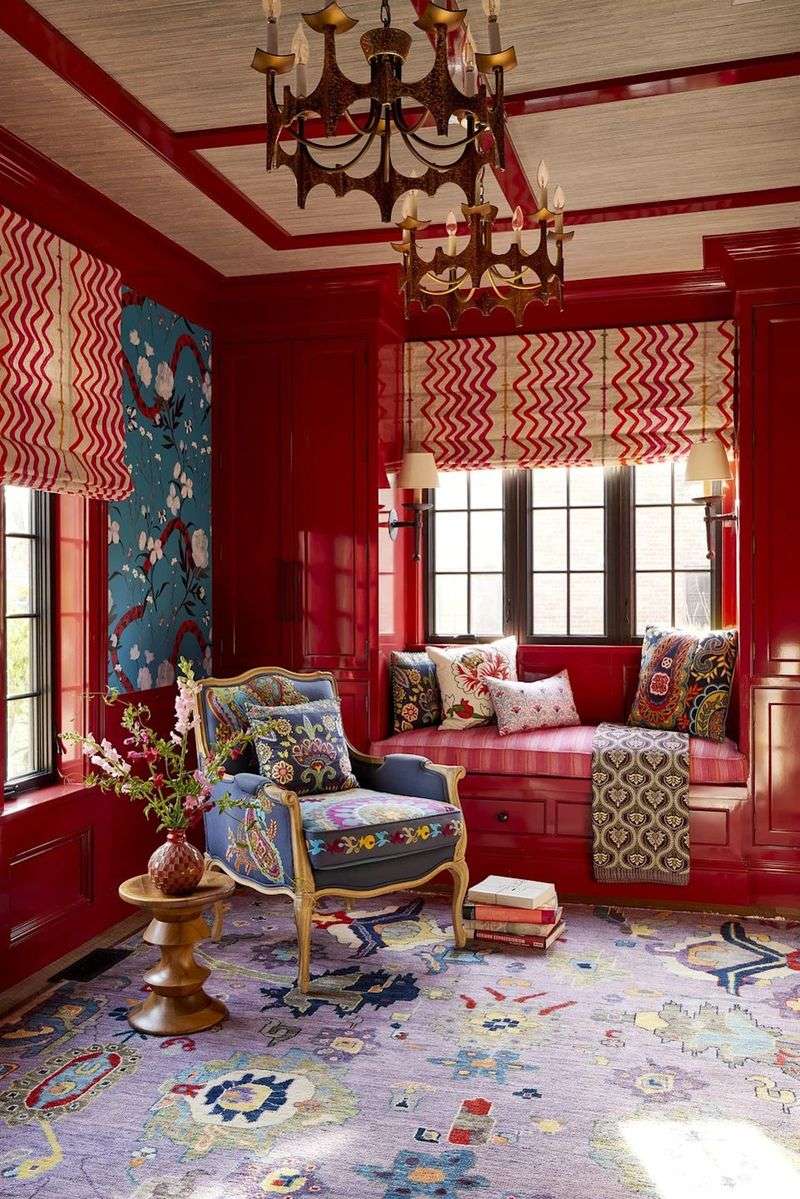
Ultra-shiny cabinets, floors, and furniture are quickly losing their luster in Oregon homes. These reflective surfaces that once seemed sleek and modern now read as harsh and dated, not to mention impractical for showing every fingerprint and dust particle.
The shift toward matte and satin finishes reflects our desire for more natural, tactile environments. These softer sheens create a more sophisticated, understated elegance while being more forgiving of daily wear and tear. Oregon’s subdued natural light also tends to complement less reflective surfaces.
Designers are embracing this change across all materials from wood finishes to paint, appliances, and even plumbing fixtures. The new premium look emphasizes subtle luxury through texture and quality rather than shine and showiness.
11. Faux Farmhouse Decor
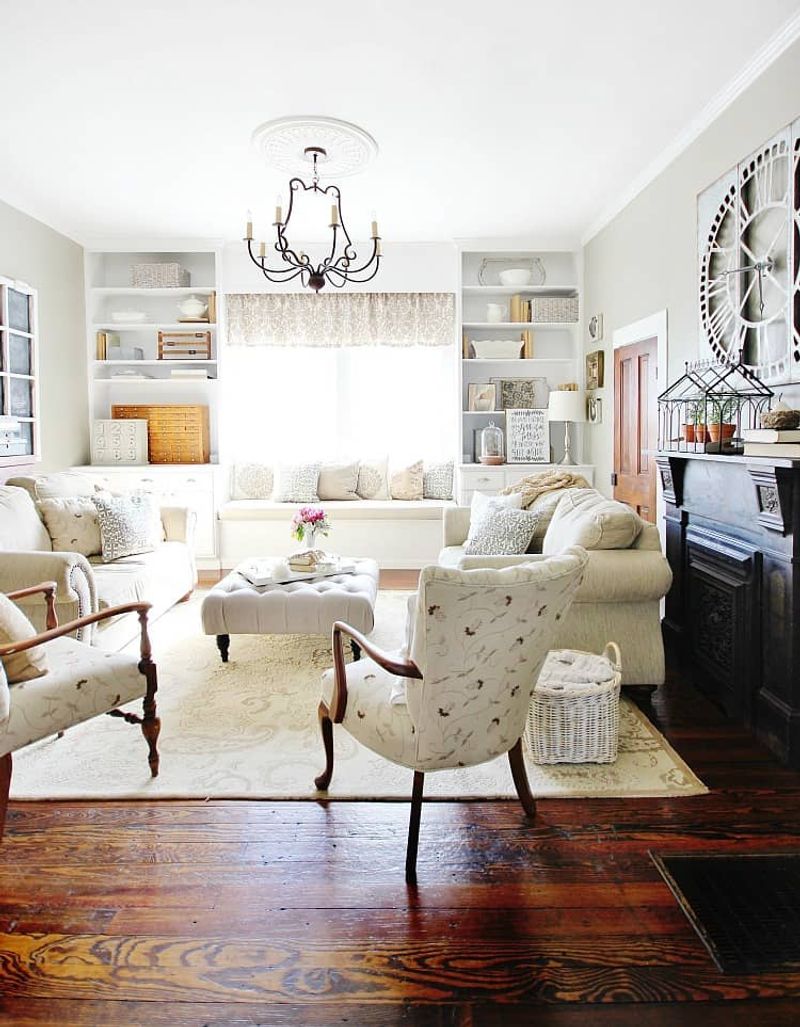
Those mass-produced “Live Laugh Love” signs and distressed furniture pieces are rapidly being cleared from Oregon shelves. The manufactured farmhouse look that dominated homes for years now feels contrived and cookie-cutter rather than authentic or personal.
Homeowners are replacing these generic items with more meaningful decor that tells their unique story. Actual vintage pieces with genuine patina, locally made art, and handcrafted accessories create spaces with soul and connection to place. Oregon’s rich artisan community offers abundant alternatives to mass-market farmhouse clichés.
This doesn’t mean abandoning comfort or warmth just achieving it through more authentic means. Natural materials, simplified silhouettes, and a more edited approach to accessories create spaces that feel both welcoming and genuine without relying on predetermined design formulas.
12. Busy Mosaic Backsplashes
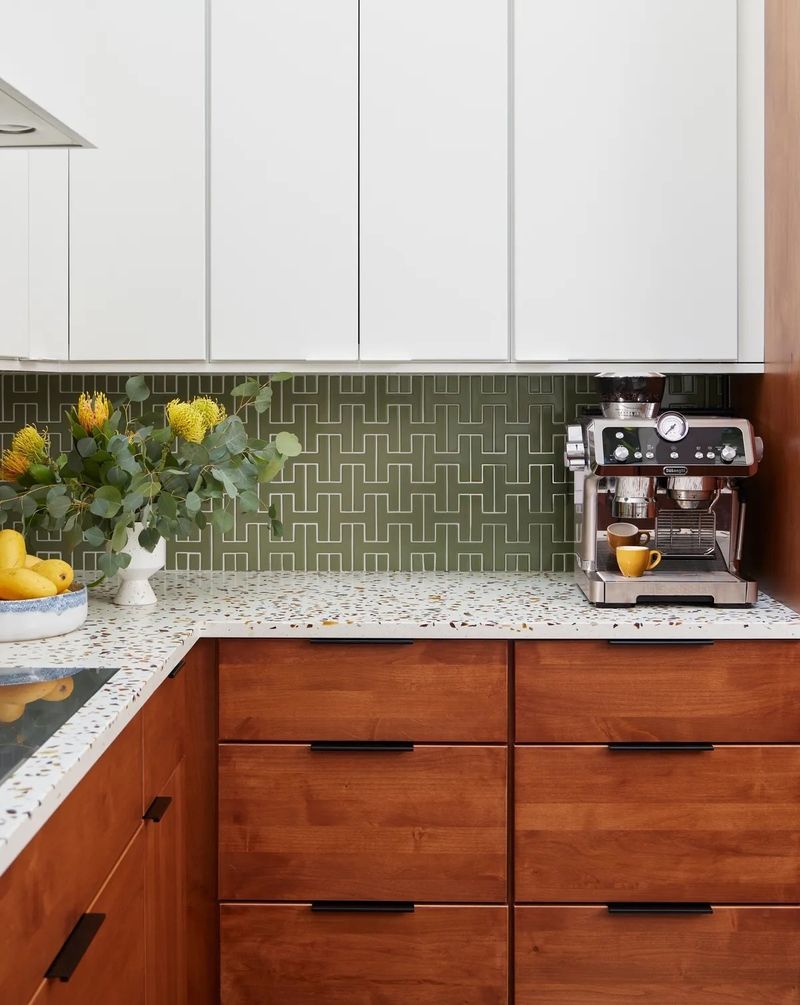
Those tiny glass tile backsplashes with multiple colors and patterns are quickly being chipped away from Oregon kitchens. These busy installations that were once considered artistic statement pieces now overwhelm spaces and compete with other design elements.
The grout lines in these small-format tiles also create cleaning nightmares, especially behind cooking areas where splatters are inevitable. Many homeowners discover that simpler, larger-format materials provide the desired impact with less maintenance headache.
Today’s preferred backsplashes feature cleaner, more cohesive looks – single slabs of stone or quartz that continue from the countertop, larger handmade tiles with subtle variation, or even simply painted walls protected with specialized finishes. These options create a more timeless backdrop that allows other elements in the kitchen to shine.
13. Matchy-Matchy Furniture Sets
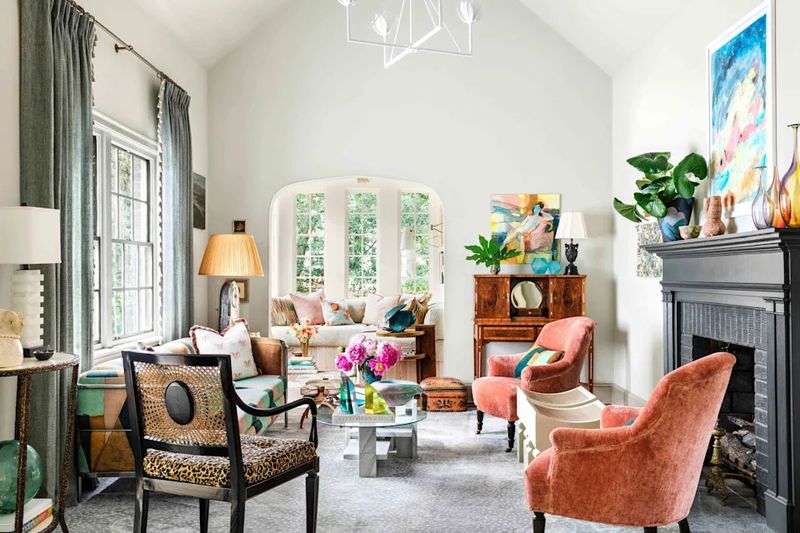
Purchasing the entire furniture display room is a design approach rapidly disappearing from Oregon homes. Those perfectly coordinated bedroom and living room sets that once seemed convenient now read as unimaginative and impersonal.
Today’s more sophisticated interiors feature thoughtfully curated pieces that complement each other without matching exactly. This collected-over-time approach creates spaces with more character, depth, and visual interest. Mixing wood tones, finishes, and even design eras results in rooms that feel more authentic and evolved.
If you’re stuck with a matching set, designers suggest breaking it up between different rooms or introducing contrasting pieces like a unique coffee table or distinctive accent chairs. Even simple changes like swapping out hardware or refinishing one piece in a different color can help create a more personalized, less showroom-like feel.
14. Overly Ornate Light Fixtures
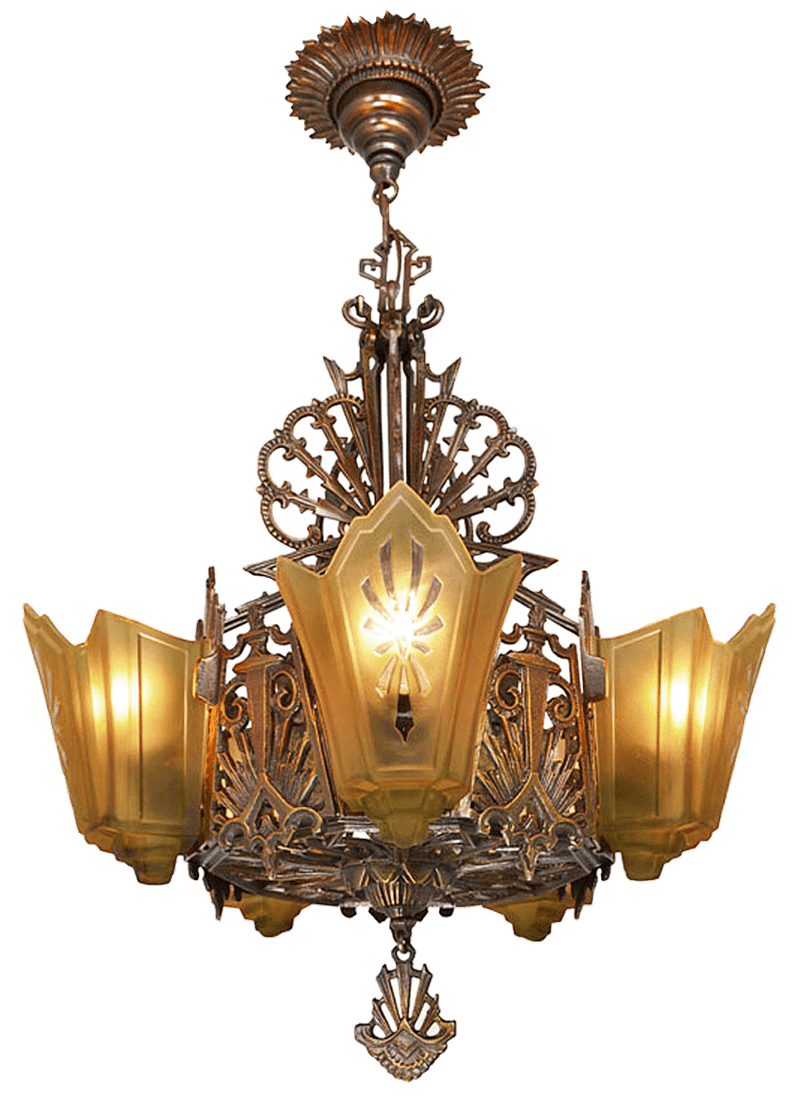
Massive crystal chandeliers and fussy, ornamental lighting are quickly being switched off in Oregon homes. These oversized statement pieces that once signaled luxury now often feel disconnected from our region’s more casual, nature-inspired aesthetic.
Lighting trends are moving toward fixtures with cleaner lines, natural materials, and more sculptural qualities. Handblown glass, woven fibers, and simple geometric forms better complement the Pacific Northwest’s relaxed sophistication. Function matters too today’s fixtures provide better task lighting while doubling as artistic focal points.
Many homeowners are repurposing those elaborate chandeliers to more fitting locations like formal dining rooms or entryways, if they keep them at all. The goal is balance lighting that makes a statement without overwhelming the space or feeling disconnected from the overall design approach.
15. Popcorn Ceilings
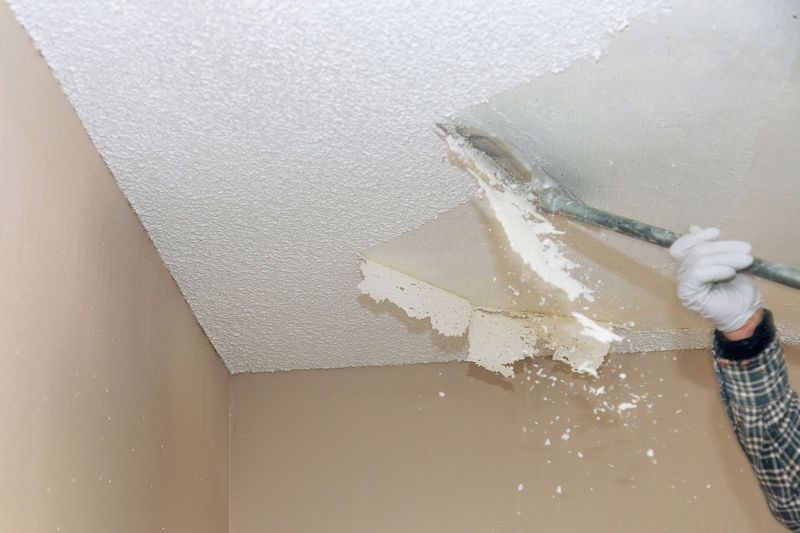
Those bumpy, spray-on ceiling textures are being scraped away at record rates across Oregon. Beyond their dated appearance, popcorn ceilings collect dust, create harsh acoustics, and can be difficult to repair when damaged.
Homeowners are investing in smooth ceilings that create a cleaner, more modern aesthetic. While removal can be messy and sometimes costly (especially for pre-1980s homes that might contain asbestos), the transformation dramatically updates interiors and can make rooms feel taller and more spacious.
If full removal isn’t in your budget, covering popcorn ceilings with thin drywall, beadboard, or even decorative ceiling tiles offers less messy alternatives. Some homeowners are also embracing more intentional ceiling treatments like subtle texture, soft color, or even wallpaper to turn this often-ignored surface into a design feature.
16. Tuscan-Inspired Kitchens
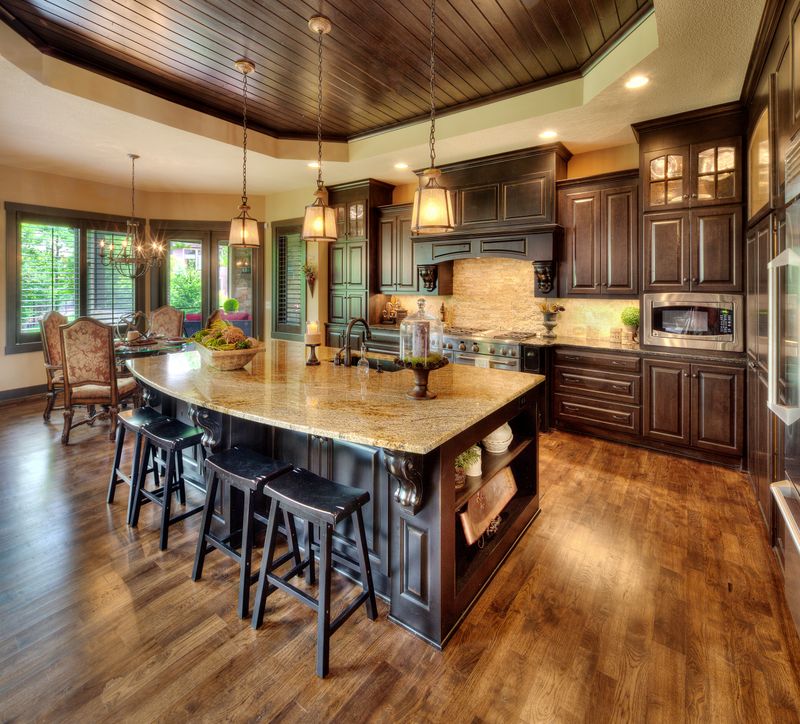
Heavy Mediterranean-inspired kitchens with their dark cabinetry, ornate details, and faux-finished walls are rapidly retreating from Oregon homes. This once-popular style often feels disconnected from our Pacific Northwest surroundings and creates unnecessarily dark cooking spaces.
The artificial aging, tumbled stone backsplashes, and wrought iron accessories that characterized these kitchens have given way to cleaner, more authentic approaches. Today’s kitchens embrace natural light and simpler materials that feel appropriate to our region and lifestyle.
Homeowners aren’t necessarily abandoning warmth altogether, just achieving it through more subtle means natural wood tones, textured ceramics, and plants bring organic warmth without the themed approach. The goal is creating kitchens that feel timeless and connected to their actual location rather than imitating a romanticized European countryside.
17. Overly Themed Rooms
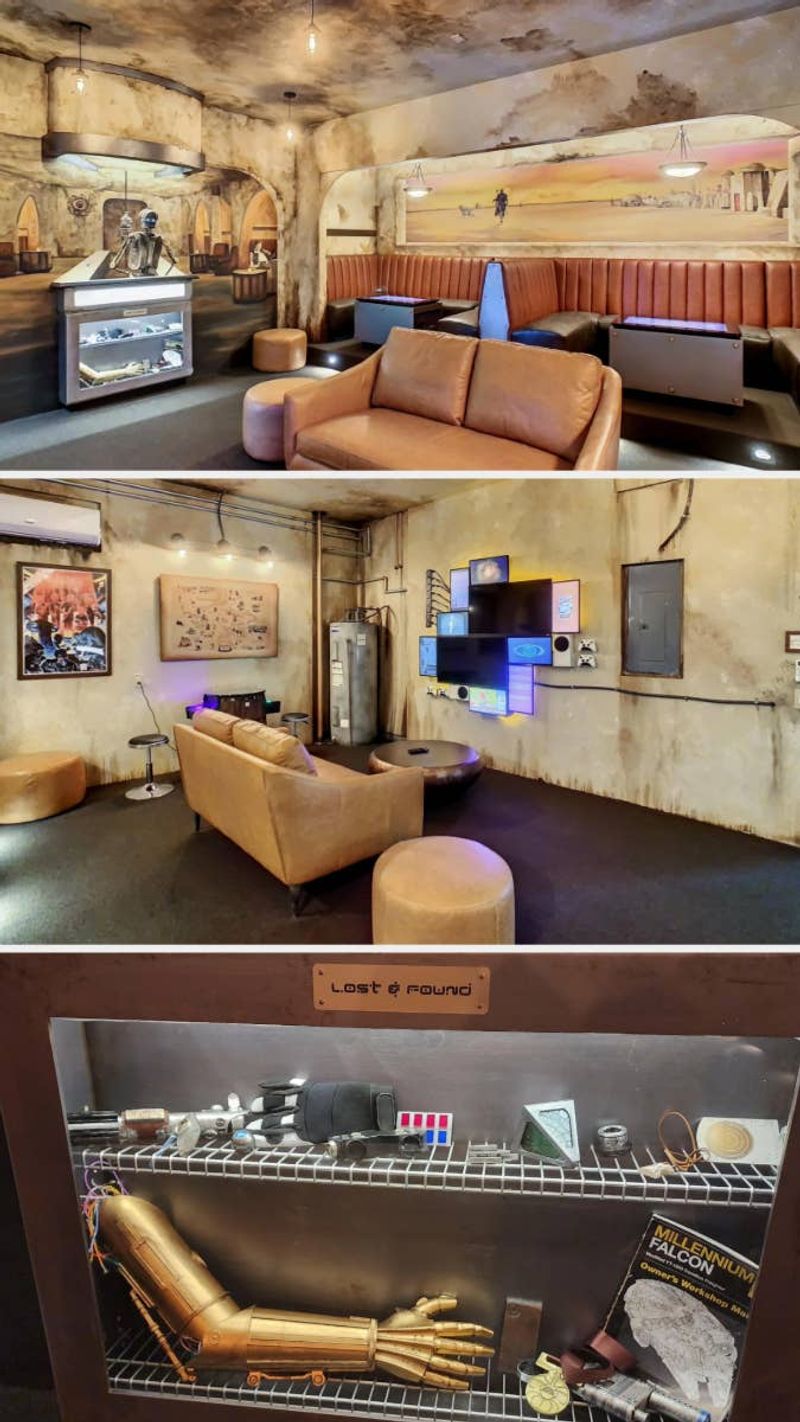
Once popular, highly themed spaces are now losing their appeal in Oregon, as homeowners realize that rooms decked out in seashells or sports memorabilia often read as kitschy rather than elegant and tend to clash with the rest of the home’s décor.
Oregon designers are guiding homeowners toward more subtle nods to their passions and interests. Incorporating favorite colors, meaningful artwork, or a few carefully chosen accessories creates personalized spaces without overwhelming them with theme-park-like decor.
This more restrained approach allows rooms to evolve naturally over time as interests change. It also creates more versatile spaces that appeal to various family members and guests rather than spaces so specialized they rarely get used or appreciated by anyone other than their creator.

